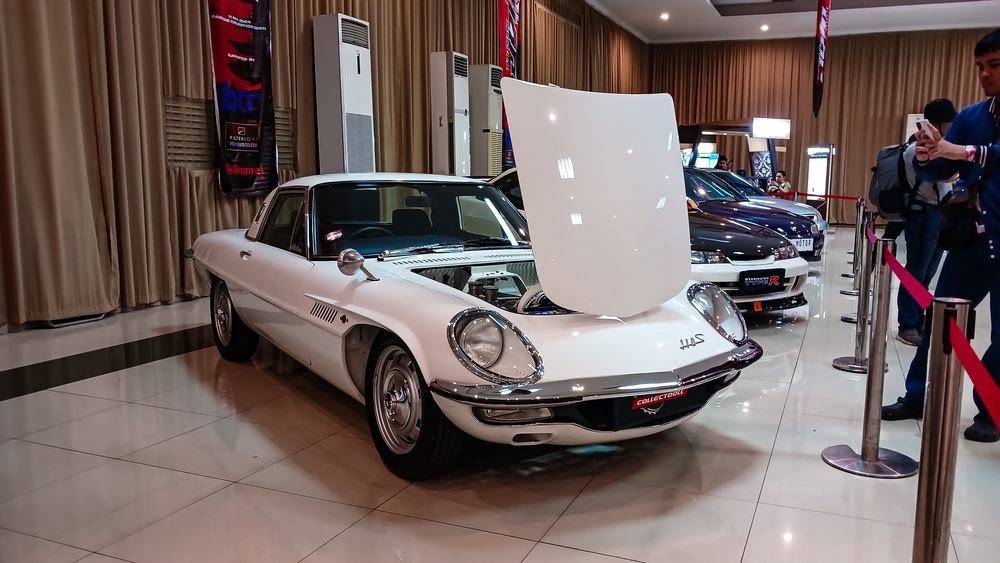The United States has a complex set of vehicle import laws that are primarily governed by the National Highway Traffic Safety Administration (NHTSA), the Environmental Protection Agency (EPA), and U.S. Customs and Border Protection. While American consumers have access to a wide range of domestic and foreign vehicles, certain cars are banned outright from ownership due to safety, emissions, or other regulatory issues. Some of these vehicles are rare imports with cult followings, while others were designed without consideration for U.S. standards. Here are nine vehicles that are illegal to own in the United States and the reasons why they have been prohibited.
1. Nissan Skyline R34 GT-R
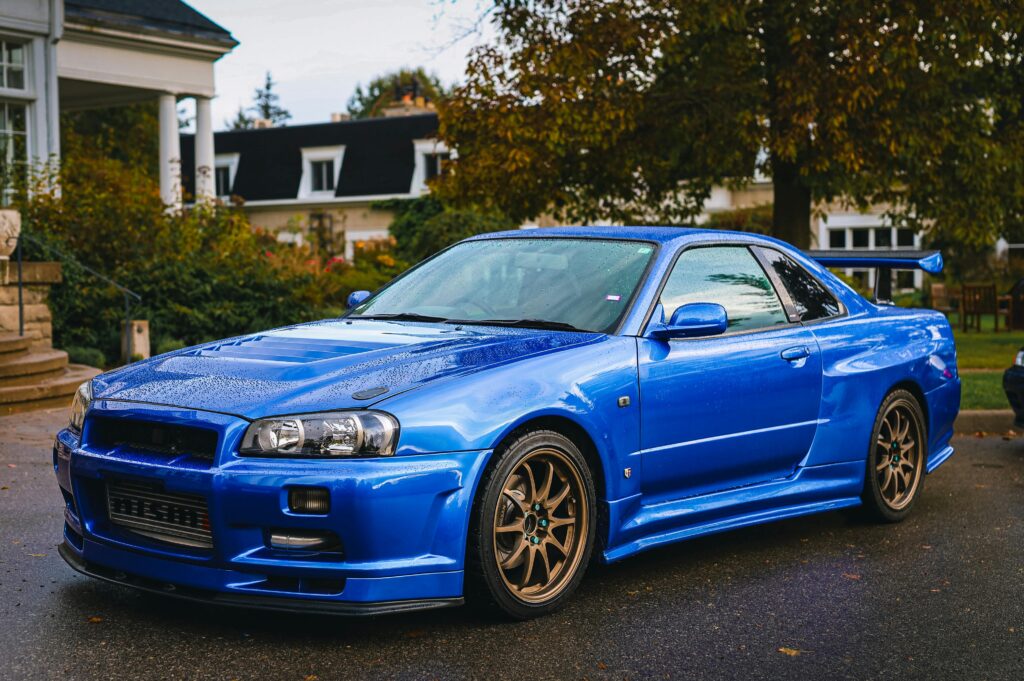
The Nissan Skyline R34 GT-R is a Japanese performance icon revered for its advanced technology and cultural significance. While the car has a strong fan base in the United States, most R34 GT-Rs remain illegal for street use due to non-compliance with U.S. safety and emissions standards. The 25-year import rule allows legal importation on a rolling basis by month and year of manufacture. As a result, only the earliest R34s, produced in May 1998, became legal in May 2023, and GT-R models that began production in January 1999 started becoming eligible in 2024. A limited number of rare variants have been granted “Show and Display” exemptions, allowing up to 2,500 miles of annual driving. Until each model reaches its 25-year threshold, ownership remains restricted to non-road use or special approval cases.
2. TVR Tuscan Speed Six
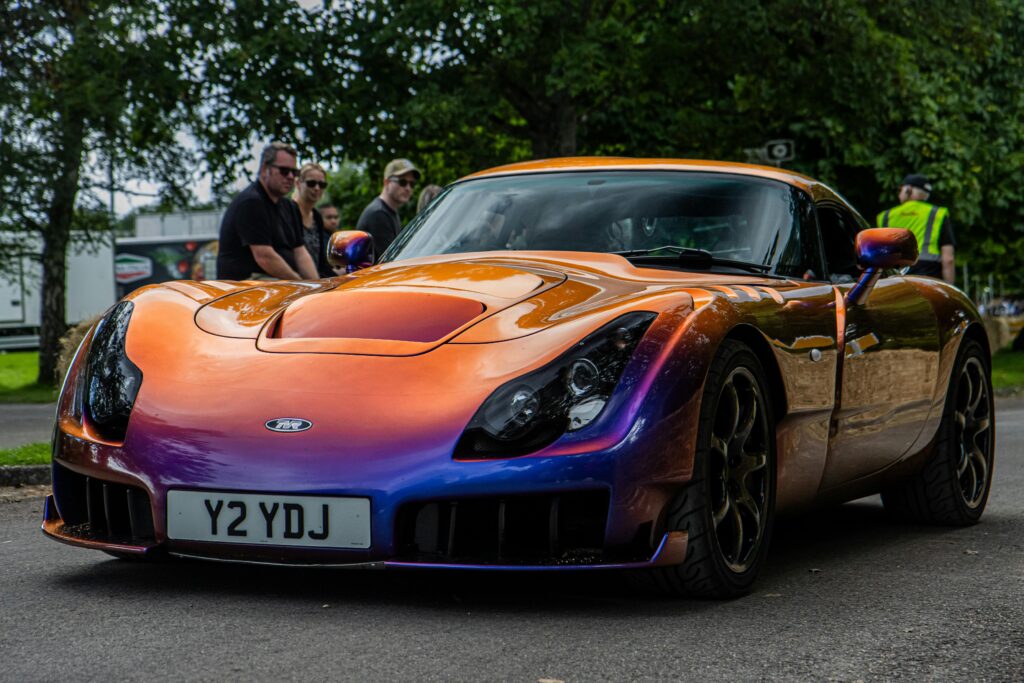
The TVR Tuscan Speed Six is a striking British sports car known for its raw power and distinctive design. Despite its popularity among automotive enthusiasts, it is not legal in the United States. The primary reason lies in the complete lack of safety features such as airbags and anti-lock brakes, which are mandatory under U.S. federal regulations. TVR has historically taken a purist approach to driving, deliberately excluding modern safety systems to maintain a mechanical and unfiltered driving experience. However, this philosophy makes the vehicle non-compliant with American standards, effectively banning it from being registered or titled for road use in the U.S.
3. Lotus Elise Series 1
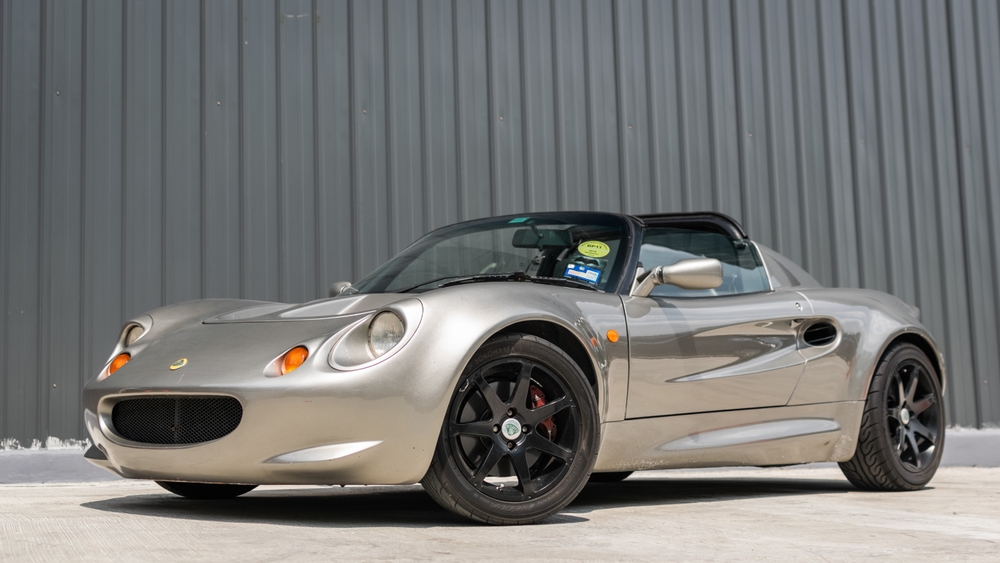
The original Lotus Elise Series 1 is another example of a lightweight European sports car that fails to meet U.S. safety requirements. Built between 1996 and 2001, the Series 1 Elise was not equipped with airbags, and its fiberglass body did not meet federal crash test standards. While later versions of the Elise were modified for the American market and became street legal, the Series 1 remains banned. Collectors can import one once it becomes 25 years old, but until then, ownership is limited to off-road use or display purposes under strict conditions.
4. Porsche 959
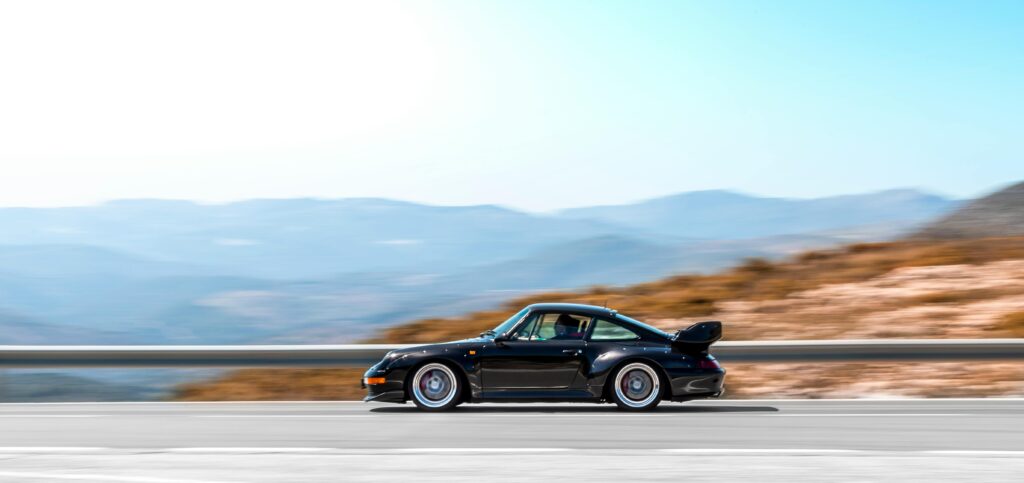
The Porsche 959 is one of the most iconic cars ever made, known for its technological innovation and status as a supercar benchmark in the 1980s. However, it was not originally legal in the United States due to Porsche’s decision not to crash-test the model to U.S. standards. Only a few 959s were brought into the country under the “Show and Display” law signed by President Bill Clinton in 1999, which allows certain historically significant vehicles limited road use. The law requires that the vehicle be driven no more than 2,500 miles per year and that it poses no threat to safety or the environment. Otherwise, standard ownership remains prohibited.
5. Land Rover Defender 90 and 110 (Certain Years)
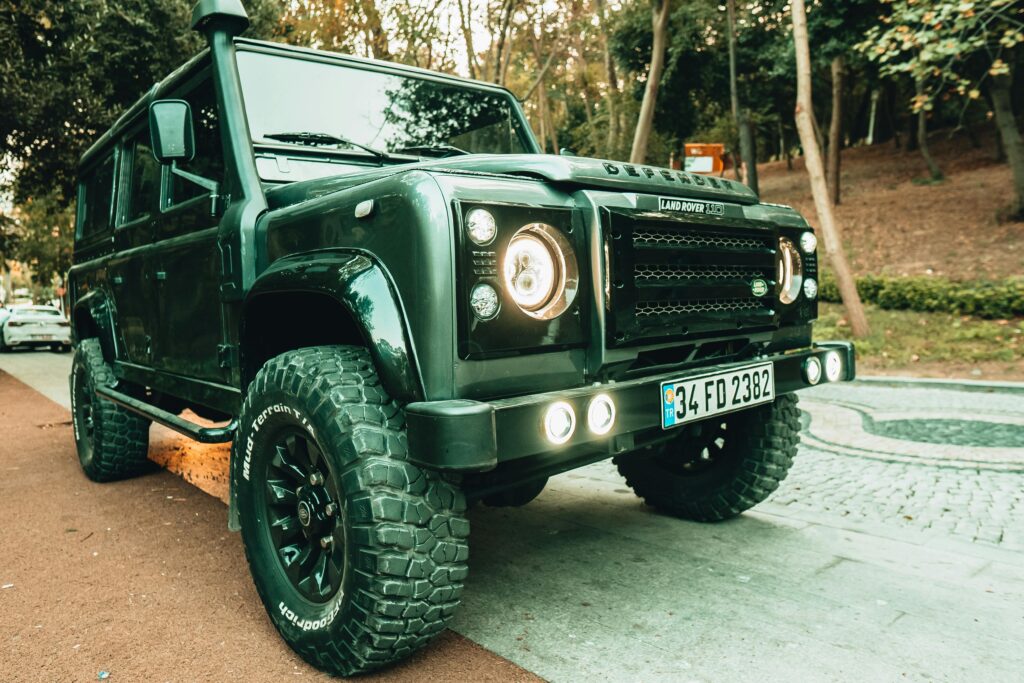
The Land Rover Defender is a rugged off-roader beloved by adventurers around the world. However, not all models are street legal in the United States. Defenders built after 1997 and before the introduction of the modern U.S.-compliant version in 2020 often run afoul of import laws. Many of these vehicles lack airbags, side-impact protection, and proper emissions control systems. Some Defenders have been seized by customs agents after importers modified Vehicle Identification Numbers (VINs) to make them appear older than they are. Only Defenders that are at least 25 years old can be legally imported and registered without costly conversions.
Read More: 10 Cars You’ve Probably Never Heard Of
6. Mitsubishi Lancer Evolution VI

The Mitsubishi Lancer Evolution VI was never officially sold in the U.S., and importing one today still presents legal challenges. This performance sedan was part of a successful World Rally Championship legacy and is highly coveted by tuners and motorsports fans. However, the Evolution VI does not meet federal safety or emissions standards. Even under the 25-year rule, only specific models may be approved if they are certified by the NHTSA or imported as non-road-use vehicles. Mitsubishi later sold the Evolution VIII, IX, and X in the United States, but earlier models like the Evolution VI remain off-limits for now.
7. Mazda Cosmo Series JC Eunos
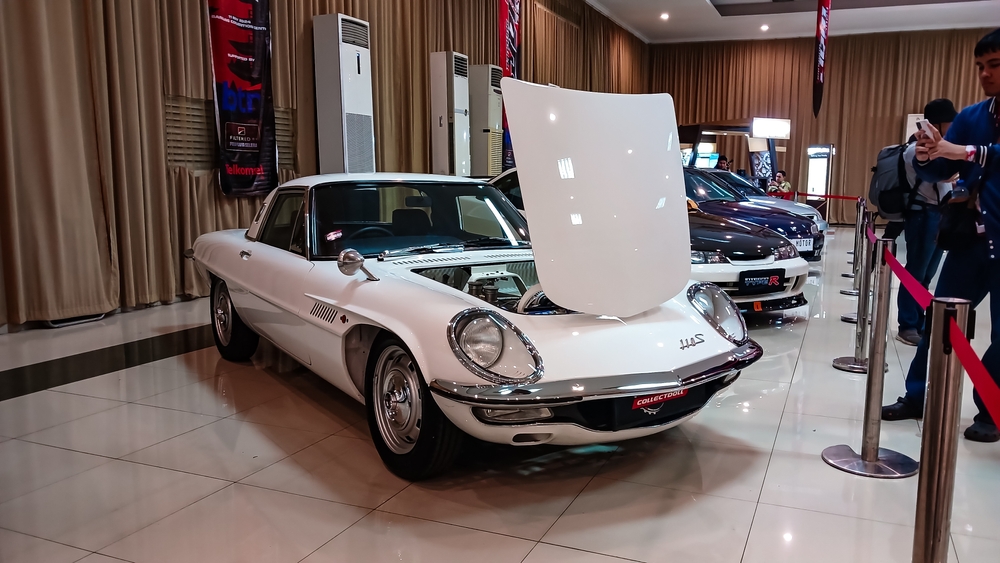
The Mazda Cosmo Series JC Eunos is a rotary-powered grand tourer from the 1990s that showcases cutting-edge technology for its time, including a twin-turbocharged 20B rotary engine and GPS navigation. Unfortunately, it was never intended for the American market and was built exclusively for Japan. The rotary engine does not meet U.S. emissions requirements, and the vehicle was not crash-tested to federal standards. As a result, ownership remains illegal for road use unless the car qualifies under the 25-year exemption or is used strictly for display purposes.
8. Honda Beat
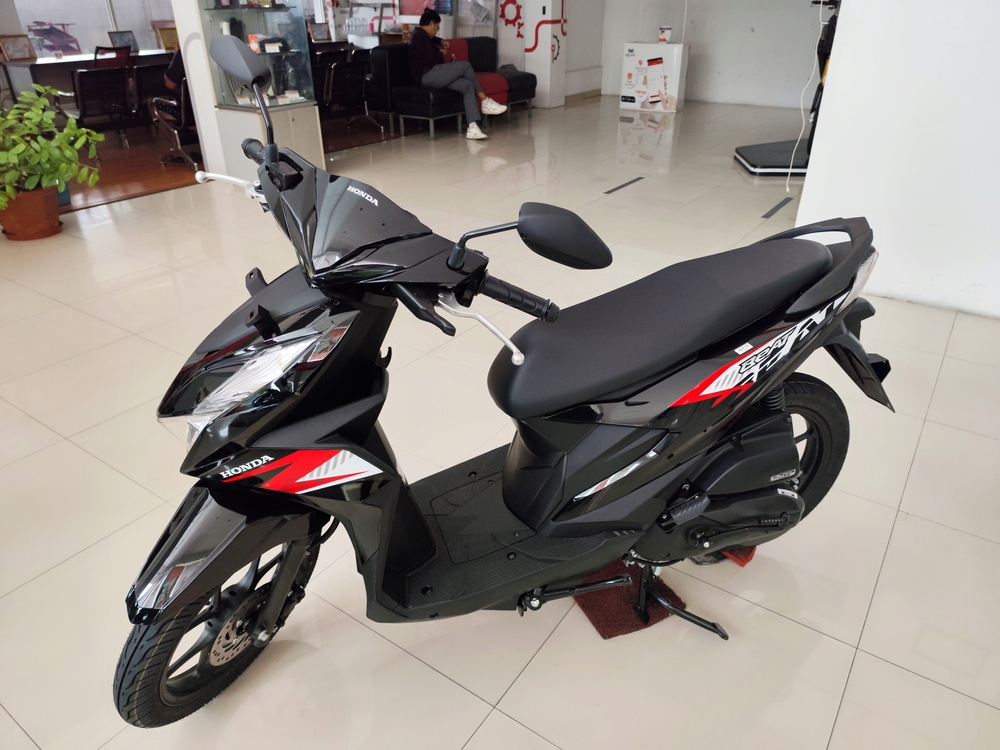
The Honda Beat is a small kei car roadster from the early 1990s that offers fun, efficient driving in a tiny package. Despite its minimal power, it has developed a strong fan base due to its affordability and unique character. While the Beat is now legal to import under the 25-year rule, earlier attempts to bring it into the U.S. often ended in seizure or denial. The reason lies in its lack of crash safety features and emissions compliance. Now that it is over 25 years old, legal importation is allowed, but buyers must ensure the car has not been illegally altered or misrepresented in age.
9. BMW M3 Sport Evolution (E30)
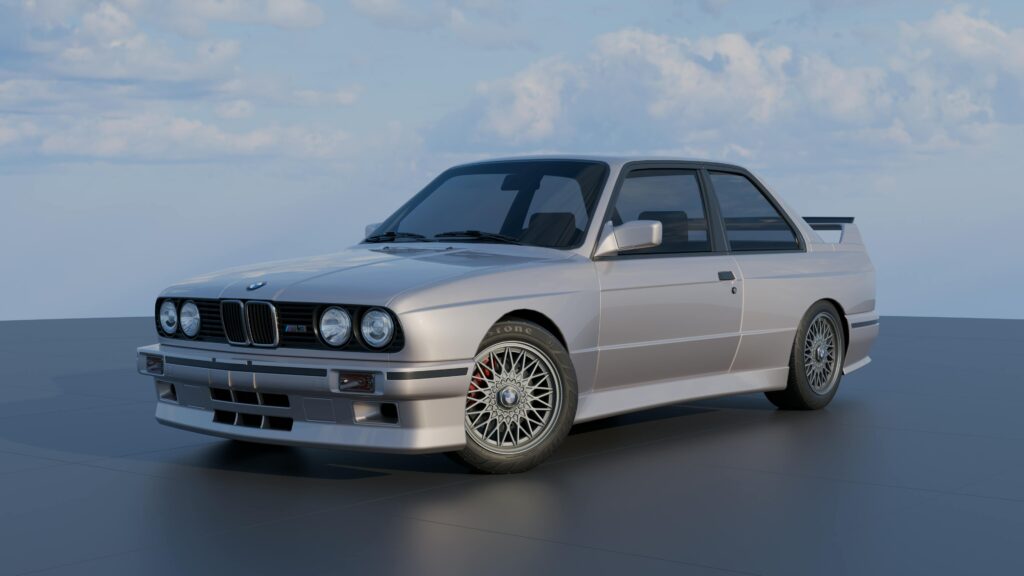
The BMW M3 Sport Evolution, also known as the E30 M3 Evo III, is a rare and desirable version of the original M3 designed for homologation in racing. This model featured performance upgrades not found on the regular M3, including a more powerful engine and aerodynamic enhancements. However, it was never officially sold in the U.S. and does not meet certain NHTSA and EPA standards. It is different enough from the standard M3 to warrant separate certification, which it does not have. Like others on this list, it becomes legal to own once it hits the 25-year mark, but importing one prematurely can lead to confiscation.
Read More: Speeding Hotspots: The Fastest Drivers Across America
Conclusion
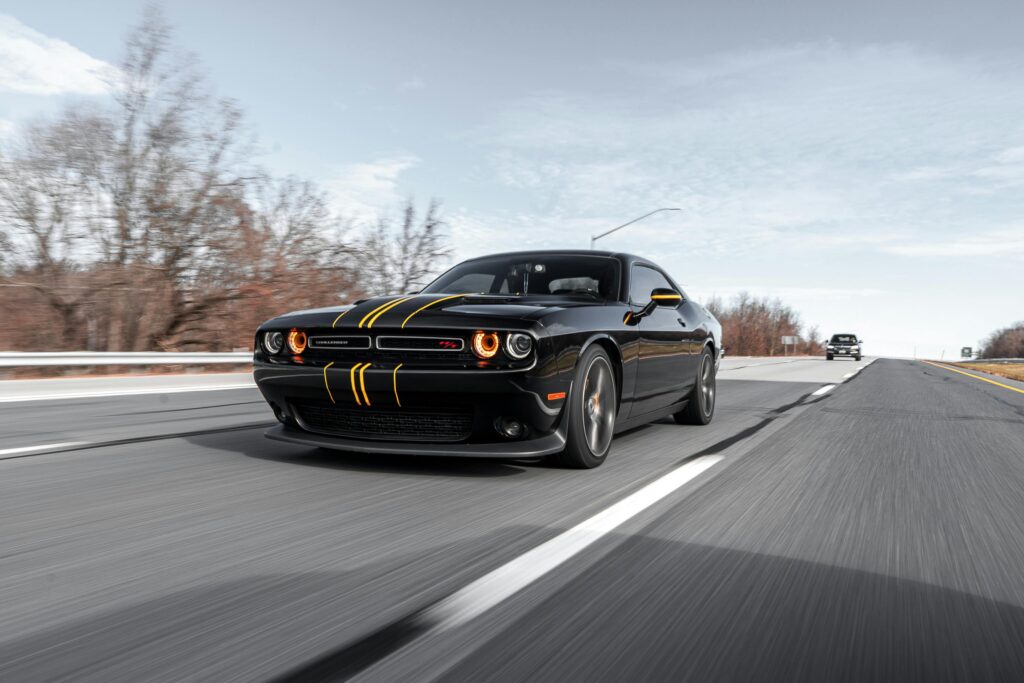
Owning a car that is banned in the United States is not simply a matter of risk or rebellion. These bans are enforced for specific reasons, including non-compliance with safety features like airbags, failure to meet emissions standards, or the manufacturer’s decision not to certify the car for the U.S. market. The 25-year rule offers a pathway for collectors and enthusiasts to legally import and register these vehicles once they meet the age requirement. Until then, trying to bring them into the country can result in legal trouble, fines, and even the destruction of the vehicle. For those who dream of owning one of these machines, patience and planning are essential.
Disclaimer: This article was created with AI assistance and edited by a human for accuracy and clarity.
